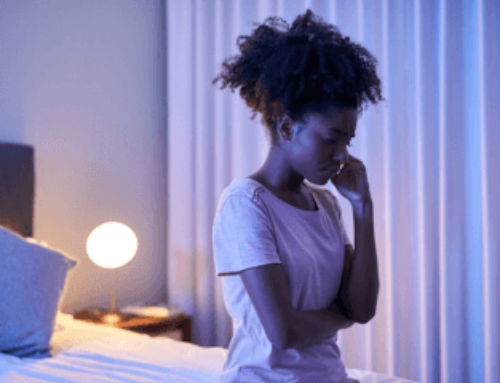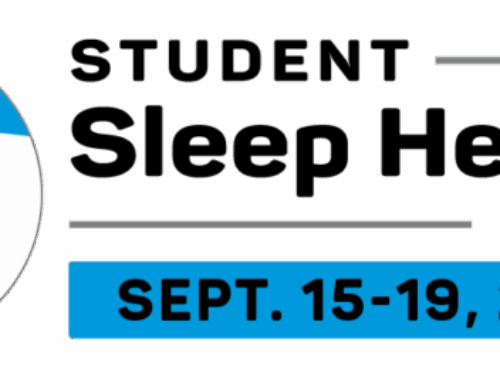EMBARGOED FOR RELEASE: 3 p.m. EDT, April 12, 2013
CONTACT: Lynn Celmer, 630-737-9700, ext. 9364, lcelmer@aasm.org
DARIEN, IL – A new study suggests that obstructive sleep apnea severity is higher in African-American men in certain age ranges, even after controlling for body mass index (BMI).
“The results show that in certain age groups, after correcting for other demographic factors, the severity of sleep apnea as measured by the apnea-hypopnea index is higher in African-American males than Caucasian males,” said James Rowley, PhD, the study’s senior investigator, professor of medicine at Wayne State University School of Medicine in Detroit and Medical Director of the Detroit Receiving Hospital Sleep Disorders Center.
Results of multivariate linear regression models show that being an African-American man younger than 40 years of age increased the apnea-hypopnea index (AHI) by 3.21 breathing pauses per hour of sleep compared to a white man in the same age range with the same BMI. For participants between 50 and 59 years of age, being an African-American man increased AHI by 2.79 breathing events per hour of sleep. There was no difference in AHI between African-American and white women.
The study appears in the April 15 issue of the Journal of Clinical Sleep Medicine, the official publication of the American Academy of Sleep Medicine.
The researchers analyzed a prospectively collected database of 512 patients studied in the sleep center between July 1996 and February 1999. Inclusion criteria included patients at least 18 years of age, with an AHI greater than 5 events per hour of sleep and a full-night polysomnogram (PSG). Statistical analysis was performed to determine the association between race and AHI while controlling for the effect of confounders and effect modifiers, which included gender, age, BMI and comorbidities. The database included 340 African-American and 172 Caucasian patients.
According to the authors, the mechanism for a racial difference in sleep apnea severity is unclear. They suggested that potential mechanisms include anatomic differences that affect upper airway mechanics and collapsibility, as well as differences in the neurochemical control of breathing.
The American Academy of Sleep Medicine reports that obstructive sleep apnea is a common sleep illness affecting at least four percent of men and two percent of women. It involves repetitive episodes of complete or partial upper airway obstruction occurring during sleep despite an ongoing effort to breathe. The most effective treatment option for OSA is continuous positive airway pressure (CPAP) therapy.
To request a copy of the study, “The Influence of Race on the Severity of Sleep Disordered Breathing,” or to arrange an interview with an AASM spokesperson, please contact Communications Coordinator Lynn Celmer at 630-737-9700, ext. 9364, or lcelmer@aasm.org.
The peer-reviewed Journal of Clinical Sleep Medicine is published monthly and is the official publication of the American Academy of Sleep Medicine, a professional membership society that is the leader in setting standards and promoting excellence in sleep medicine health care, education and research (www.aasm.org).
The American Academy of Sleep Medicine considers sleep disorders an illness that has reached epidemic proportions. Board-certified sleep medicine physicians in an AASM-accredited sleep center provide effective treatment. AASM encourages patients to talk to their doctors about sleep problems or visit www.sleepeducation.com for a searchable directory of sleep centers.




